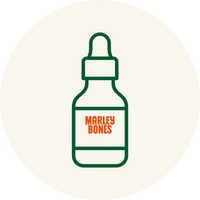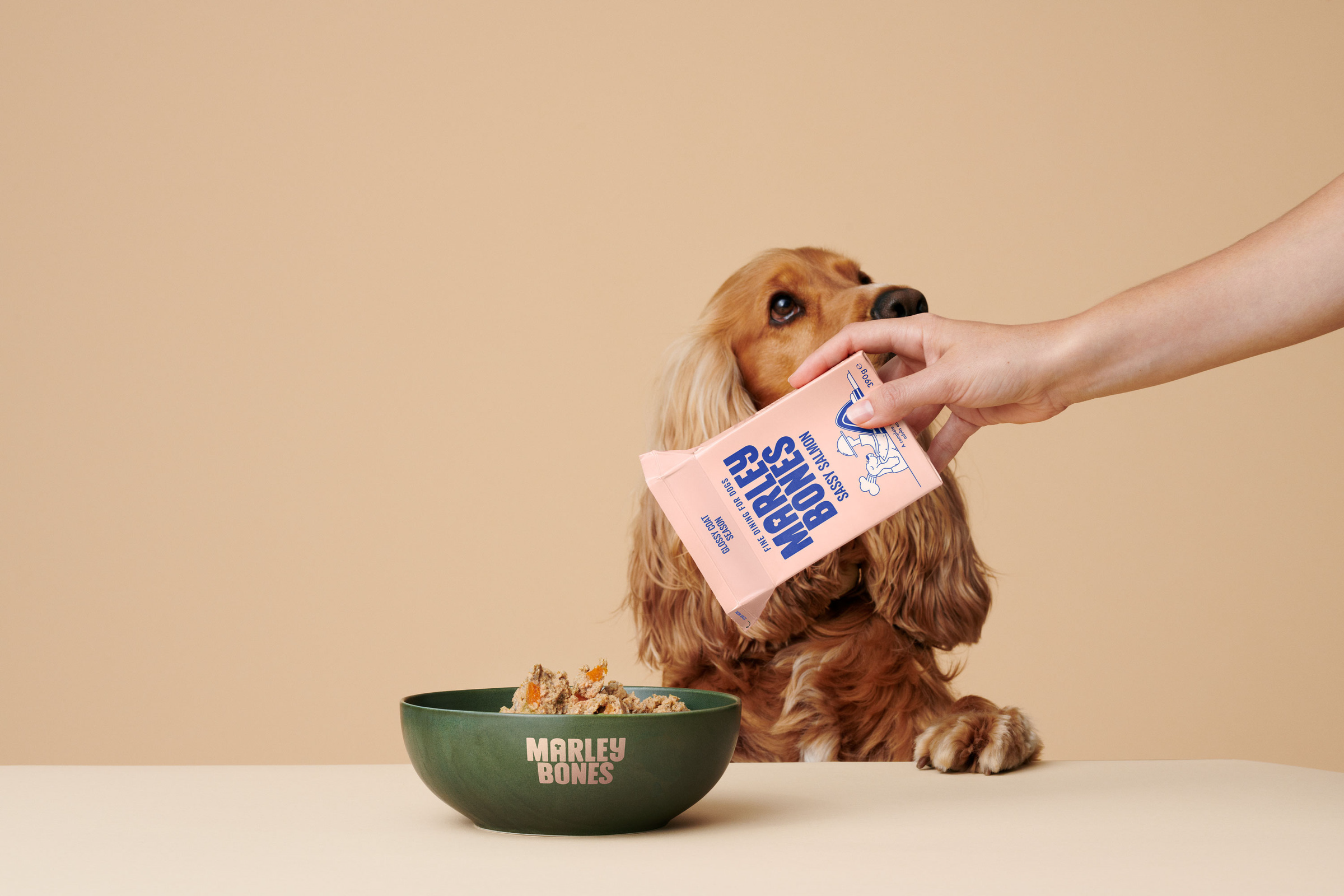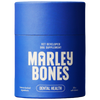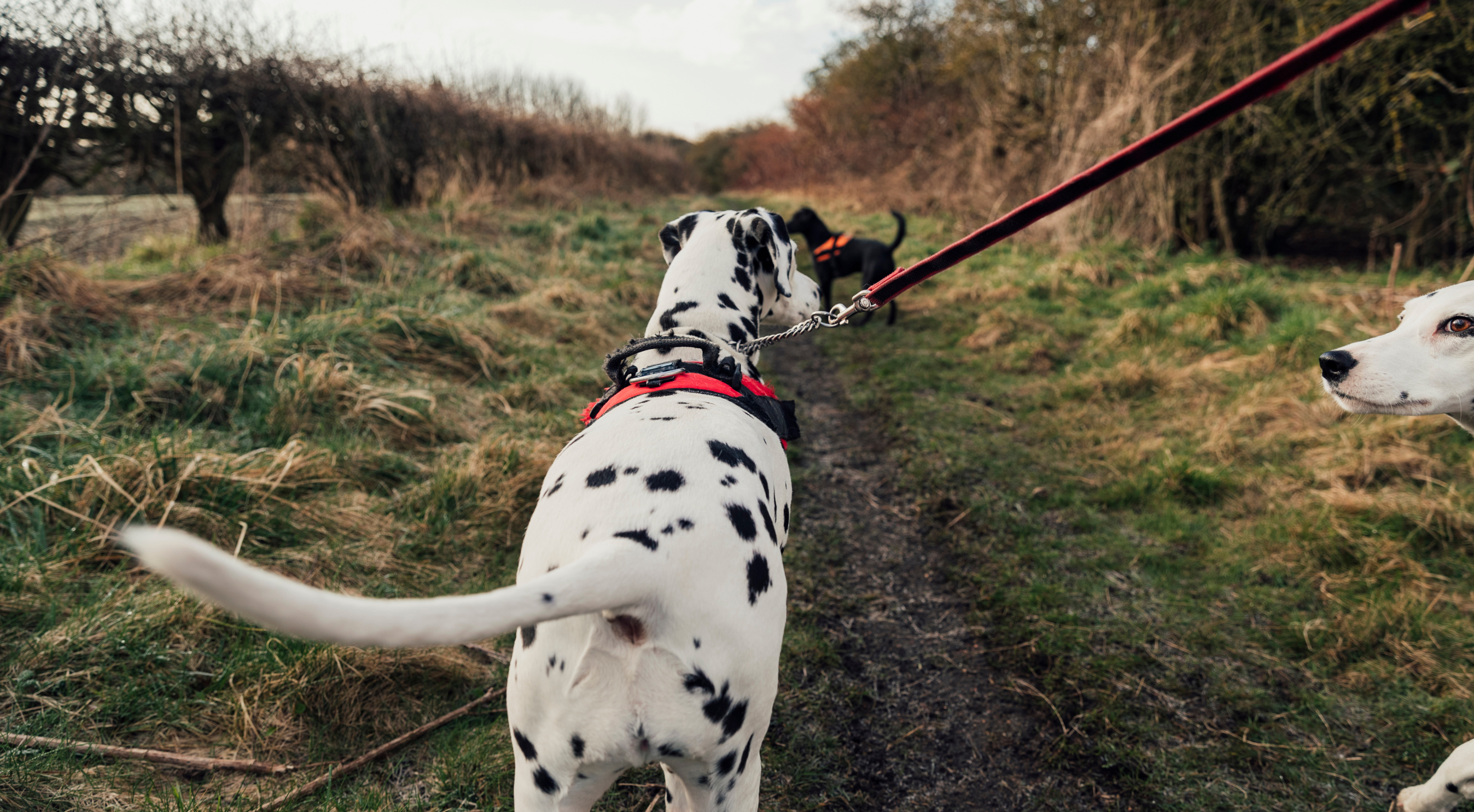How Often Should You Walk Your Dog? A Complete Guide
Knowing how often to walk your dog is one of the most important parts of being a responsible and caring pet owner. A regular walking routine not only keeps your dog physically healthy, but also provides mental stimulation, reduces stress, and strengthens your bond.
Whether you're raising a lively puppy or caring for a senior companion, every dog has unique needs based on their age, breed, and health. Getting the balance right helps them thrive – too little leads to frustration, while too much can cause fatigue or injury.
Why Regular Walks Matter
Walking your dog does far more than just give them a chance to go to the toilet. It supports:
- Healthy weight maintenance
- Muscle and joint strength
- Cardiovascular health
- Improved behaviour and sleep
- Mental stimulation and enrichment
Dogs thrive on routine, and regular walks offer structure they can depend on. It’s a daily event they look forward to, and a great way to burn off energy in a healthy, controlled way.

Tailoring Walks to Your Dog's Needs
There’s no one-size-fits-all answer when it comes to walk duration and frequency. It all depends on your dog’s breed, age, and overall health.
|
Breed Type |
Example Breeds | Recommended Daily Walk Time |
|
Herding/Sporting |
Border Collie, Labrador | 1 to 2 hours |
|
Toy/Small Breeds |
Chihuahua, Shih Tzu | 20 minutes to 1 hour |
High-energy breeds need longer, more stimulating walks, while smaller or more laid-back dogs do better with shorter, gentler outings.
By Age
|
Age Group |
Recommended Exercise |
| Puppies | 5 minutes per month of age, twice a day |
| Adults (1-5) | 30 to 120 minutes daily, depending on breed |
| Seniors (6+) | Reduce by half; gentle, short walks preferred |
For example, a 3-month-old puppy should have 15-minute walks, twice a day. As they grow, you can gradually increase both time and complexity.
By Health Status
| Health Status | Considerations |
| Overweight | Start with shorter walks' build up slowly |
| Joint Problems | Choose soft surfaces; avoid stairs or steep hills |
| Heart Conditions | Gentle pace; closely monitor for signs or fatigue |
If your dog has a medical condition, always check with your vet before making changes to their exercise plan.
The Benefits of Daily Walks
Physical Health
Daily walks play a vital role in preventing obesity, improving circulation, and maintaining flexibility. A healthy dog is less prone to illness and enjoys a better quality of life.
| Dog Size | Suggested Daily Exercise |
|
Small |
At least 30 minutes |
| Medium | 45 to 60 minutes |
| Large | Up to 90 minutes |
These guidelines are flexible depending on your dog’s age and energy levels.
Mental Stimulation
Dogs explore the world primarily through smell. Walks give them the chance to engage with their environment – new scents, sights, and sounds all provide crucial mental enrichment.
Ideas to keep walks mentally stimulating:
- Allow time for sniffing
- Change your walking route occasionally
- Let them observe wildlife or passers-by
- Offer short training tasks during the walk
Behavioural Benefits
A well-exercised dog is a calmer, more content dog. Walks help reduce unwanted behaviours like barking, chewing, or digging by burning off excess energy and providing focus.
Training tips on walks:
- Use consistent commands
- Practise leash manners
- Reward calm and responsive behaviour
Walks are also ideal opportunities for socialisation, helping your dog learn how to behave calmly around other dogs and people.
How To Create a Walking Schedule
Daily Frequency
| Dog Type | Walk Frequency |
|
Puppies |
2 to 3 short walks a day |
| Adults | 1 to 2 longer walks a day |
| Seniors | 1 to 2 gentle walks a day |
Consistency is key. Try to stick to a routine that fits your dog’s needs as well as your lifestyle.
Ideal Duration
| Dog Size | Ideal Walk Duration |
|
Small |
15 to 20 minutes |
| Medium | At least 30 minutes |
| Large | 30 to 60 minutes |
Always observe how your dog behaves post-walk. If they still seem full of energy, consider increasing duration or frequency. If they appear tired or reluctant, scale back slightly.
Best Time of Day
Aim to walk your dog during the cooler parts of the day – typically early morning or evening – especially during warmer months.
Adapting to Changes
Life changes, and your walking schedule may need to as well. Here’s how to adjust:
- In hot weather: Shorten walks, carry water, and avoid walking on hot pavements.
- In cold weather: Use booties or protective gear for paws, and limit time outdoors.
- If your schedule changes: Try to maintain walk frequency, even if you need to shift the time of day.
Also, remember that your dog’s needs will evolve over time. Puppies grow, adults age, and health issues may arise. Flexibility and observation are key.

Staying Safe on Walks
Safety should always be a top priority when walking your dog.
Essentials To Bring
- A well-fitted harness
- A strong, reliable lead
- ID tags with up-to-date information
- Biodegradable waste bags
Environmental Considerations
- Check pavement temperature with your hand before walking in summer
- Be aware of toxic plants or substances like antifreeze, pesticides, or litter
- Avoid walking in areas where loose dogs may pose a risk
Good Walking Etiquette
- Keep your lead short in busy areas
- Always clean up after your dog
- Don’t allow your dog to approach others without permission – not all dogs are friendly
The Final Woof
Walking your dog is one of the most rewarding and essential parts of dog ownership. It goes far beyond physical exercise – it nurtures their mental wellbeing, supports behavioural development, and strengthens the bond you share. By tailoring your walking routine to suit your dog’s breed, age, and health, you’ll be giving them the best possible chance at a happy, balanced life.
Consistency and structure are just as important as flexibility. As your dog’s needs change over time, so too should their exercise routine. Whether it’s a lively morning stroll or a gentle evening wander, every walk is an opportunity – to explore, to train, to bond, and to enjoy each other’s company.
Prioritise safety, stay in tune with your dog’s energy levels, and make each walk something to look forward to – for both of you.

















